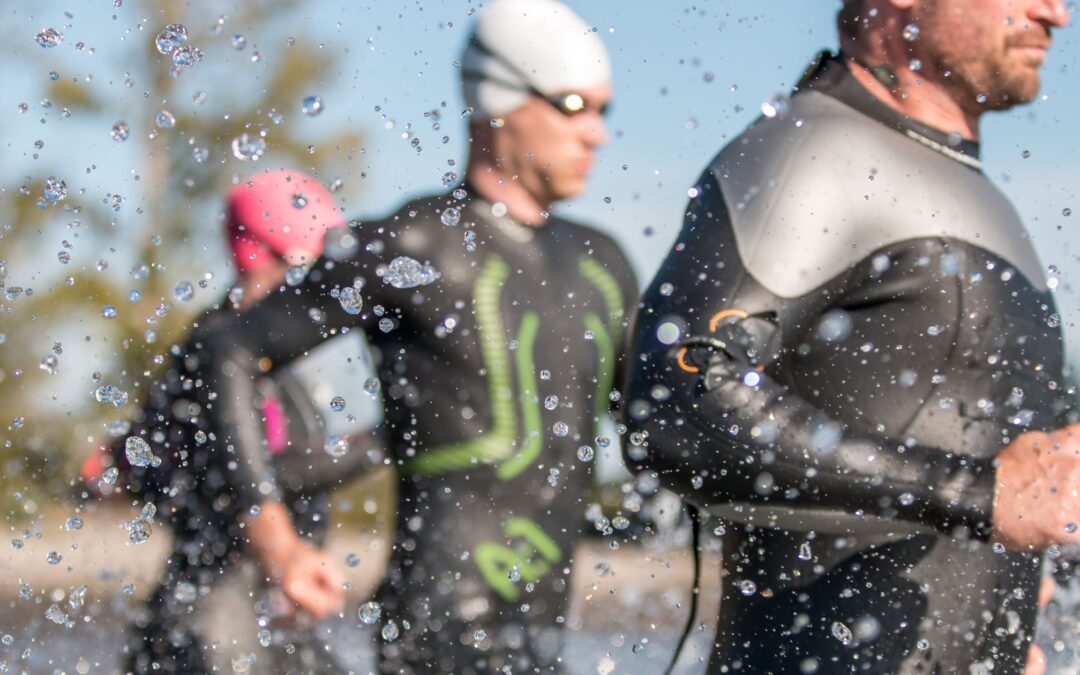Triathlon transitions are often referred to as the “fourth discipline” of the sport and for a good reason. The time spent transitioning between swimming, cycling, and running can significantly impact your overall race performance. Transition mastery involves efficiently navigating these transitions to minimize time lost and maximize your race potential. Whether you’re a beginner or a seasoned triathlete, honing your transition skills is essential for success. Let’s explore tips for streamlining triathlon transitions and shaving valuable seconds off your race time.
Practice Makes Perfect
Like any other aspect of triathlon training, mastering transitions requires practice. Set up a transition area in your training space and practice transitioning from one discipline to the next. Focus on quick and efficient movements, such as removing your wetsuit, putting on your cycling shoes, and grabbing your race gear. The more you practice, the more natural and fluid your transitions will become on race day.
Have a Plan
Before the race begins, have a clear plan for each transition. Visualize the sequence of actions you’ll take as you move from the swim to the bike and from the bike to the run. Know exactly where your gear is located in the transition area and how you’ll put it on or take it off. Having a well-thought-out plan will help you stay focused and organized during the chaos of race day.
Minimize Transition Gear
Keep your transition area clutter-free by minimizing the amount of gear you bring. Only bring the essentials for each discipline, and leave any non-essential items at home or in your car. Streamlining your gear saves space and reduces the time it takes to find what you need during transitions.
Practice Quick Transitions
Practice transitioning quickly between disciplines to minimize time lost during the race. For example, practice quickly removing your wetsuit and swim cap when you exit the water and efficiently changing into your cycling gear. Similarly, practice dismounting your bike smoothly and transitioning into your running shoes without skipping a beat.
Use Equipment Wisely
Invest in equipment that will help streamline your transitions, such as elastic laces for your running shoes and a triathlon-specific cycling jersey with pockets for nutrition. Additionally, consider using a race belt to hold your race number, allowing you to quickly transition from the bike to the run without pinching a bib to your clothing.
Visualize Success
Visualize yourself executing seamless transitions during your training sessions and leading up to race day. Visualizing success helps reinforce positive habits and builds confidence in your abilities. Mentally rehearse each transition in your mind, picturing yourself moving swiftly and confidently through each step.
Stay Calm and Focused
Maintain a calm and focused mindset during transitions to avoid making costly mistakes. Keep your movements deliberate and purposeful, and avoid panicking if something doesn’t go as planned. Remember that transitions are just one part of the race, and staying composed will help you make the most of each opportunity.
Conclusion
Mastering transitions is a vital aspect of triathlon racing that can significantly impact your overall performance. By practicing efficiently, having a clear plan, minimizing gear, practicing quick transitions, using equipment wisely, visualizing success, and staying calm and focused, you can streamline your transitions and shave valuable seconds off your race time. With dedication and practice, you’ll soon master transitions like a pro and achieve your triathlon goals.

